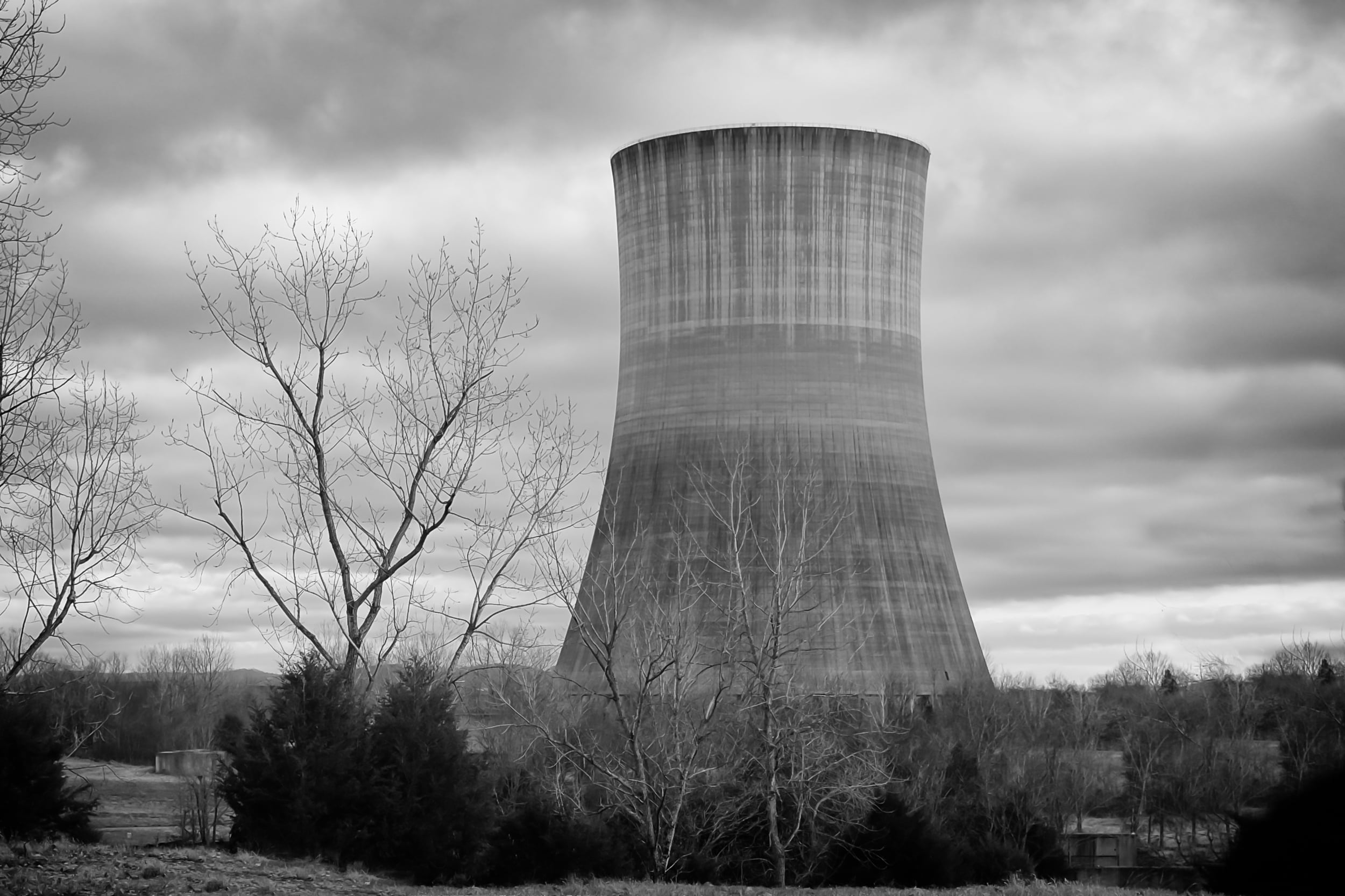
.jpg)
It is not clear at this point what such an operation would target besides the power lines. To add to the confusion, the Kyiv Independent reported intelligence information from Ukraine’s defense ministry that Russian troops are preparing a false-flag operation, disguising Russian self-propelled artillery as Ukrainian. According to the Wall Street Journal, Ukrainian leaders, international nuclear power experts, and the plant’s workers all confirmed that there seemed to be a deliberate attempt by Russia to isolate the Zaporizhzhia plant from Ukraine’s remaining territory by cutting its power lines. The BBC earlier reported Ukraine’s defense ministry as saying that a high-voltage power line had been damaged following the early-August shelling. Ukrainian presidential advisor Mykhailo Podolyak told the Kyiv Independent that “Russian troops are shelling the Zaporizhzhia Nuclear Power Plant to cut Ukraine’s south from electricity and blame it on the Ukrainian Armed Forces.” “The goal is to disconnect us from the (plant) and blame the Ukrainian army for this,” Podolyak added on Twitter. Many observers seemed in the dark as to what Russia’s endgame is with the plant. The state of alarm certainly is fueled by the confusion surrounding the plant’s safety, the extent of the Russian military equipment inside, and ultimately Russia’s goal in attacking the plant. It is under Russian control and I’d just point you to the IAEA’s comments there’s no immediate threat to nuclear safety.” The senior military official added,“ut that could change at any moment.” On the same day, IAEA Director General told the Associated Press the situation at the Russian-controlled Zaporizhzhia plant “has been deteriorating very rapidly.” Grossi qualified the military activity at the plant as “very alarming.” On August 12, a US senior military official held a background briefing saying: “In Zaporizhzhia, no particular updates on the nuclear power plant. Only an IAEA inspection would be able to confirm the damage. According to the Ukrainian state nuclear company Energoatom, however, the early-August missile attack that hit the plant’s dry spent fuel storage area damaged three radiation monitoring sensors, impairing the ability to detect any increase in radiation levels in the area. Map: Thomas Gaulkin / OpenStreetMap)ĭespite fears of a new nuclear disaster at the Zaporizhzhia plant, there has been no indication of elevated radiation levels at the plant.

(Source: Institute for the Study of War and AEI’s Critical Threats Project. Inset shows location of Ukraine’s four operating nuclear plants (yellow) and the Chernobyl plant (red), fully decommissioned in 2000.

Map of southern Ukraine identifying the Zaporizhzhia nuclear power plant, Russian-occupied areas and key cities. A Russian diplomat even struck a warning note, saying it would be too dangerous for an IAEA mission to inspect the Zaporizhzhia plant by passing through the capital city of Kyiv. On Monday, Ukrainian President Zelensky also called for the immediate withdrawal of Russian troops from the territory of the Zaporizhzhia NPP “without any conditions.” It did not take long, however, for Russia to reject these calls. Guterres was soon joined in his call by 42 countries-including the United States, Japan, the United Kingdom, Turkey, as well as the European Union-urging Russia to immediately withdraw its military forces from the plant and its immediate surroundings. “This is a serious hour, a grave hour,” Grossi told the security council from his Vienna office.įollowing Grossi’s warning, UN Secretary-General Antonio Guterres called for the establishment of a demilitarized zone at the Zaporizhzhia plant. Addressing the UN security council on August 11, IAEA Director General Rafael Mariano Grossi called again for the IAEA to conduct a mission to assess the safety of the plant. The worsening situation at the Zaporizhzhia plant, one of the 10 biggest nuclear plants in the world and Europe’s largest, prompted heightened alarm last week on both the United Nations and the International Atomic Energy Agency (IAEA), the UN’s nuclear watchdog.

In a video address last week, Ukrainian President Volodymyr Zelensky promised to target “every Russian soldier who either shoots at the plant, or shoots using the plant as cover.” Russian forces are using the plant as a military base to conduct night shelling of the Ukraine-controlled city of Nikopol, located just across the Dnieper River. Shelling and explosions have continued, with Ukraine and Russia blaming each other. Since Russian forces shelled and seized the Zaporizhzhia Nuclear Power Plant in early March, the plant has become a focal point of nuclear concern.


 0 kommentar(er)
0 kommentar(er)
